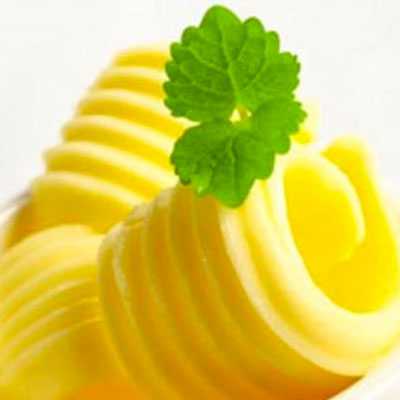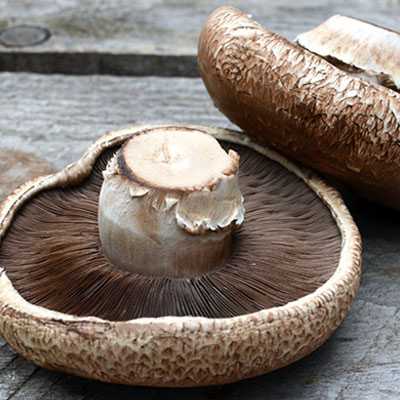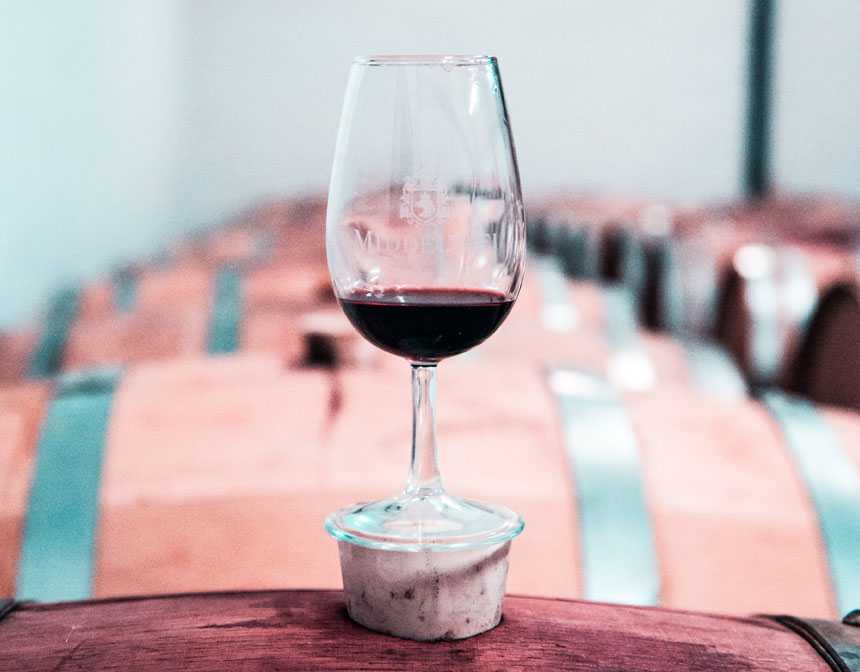Origin of The Steak Diane
Steak Diane is a dish with a history as rich as its sauce. While its exact origins are somewhat unclear, it is widely believed to have emerged in the mid-20th century, gaining popularity in the upscale restaurants of New York City. The dish is often associated with "Continental Cuisine," a style of cooking that combines elements of French and American techniques and was particularly fashionable in the United States during the 1940s and 1950s. The name "Diane," according to culinary lore, refers to the Roman goddess of the hunt, symbolizing the dish's elegance and connection to classical tradition.
In its heyday, Steak Diane was a staple on the menus of ritzy establishments, often prepared tableside to the delight of diners. The theatrical flair of flambéing the sauce right before the guests added an element of spectacle to the dining experience, making it a popular choice for special occasions. The dish’s popularity can be attributed not only to its sumptuous taste but also to the sense of luxury and sophistication it conveyed, embodying the grandeur of fine dining of that era.
Today, while Steak Diane might not be as ubiquitous as it once was in restaurants, it remains a beloved classic, cherished for its rich flavors and the nostalgia it evokes. The dish has undergone various interpretations over the years, but the core elements – tender steak, a creamy pan sauce with a hint of mustard and Worcestershire, and the dramatic flambé – remain unchanged. Cooking Steak Diane at home offers a throwback to a bygone era of elegance in American dining, allowing both seasoned cooks and culinary novices to recreate a piece of culinary history.
What Is The Difference Between Steak Diane And Au Poivre?
Steak Diane and Steak au Poivre are both classic dishes in their own right, celebrated for their rich flavors and culinary sophistication. While they share some similarities, primarily being made with steak, there are distinct differences in their preparation, sauce ingredients, and overall flavor profiles.
Steak Diane:
- Preparation: Steak Diane typically uses tenderloin steak, which is pounded thin. This ensures quick cooking and a tender result.
- Sauce: The sauce for Steak Diane is known for its complex flavors, which include shallots, mushrooms, Dijon mustard, Worcestershire sauce, and often a splash of brandy or cognac. It's usually flambéed, adding a caramelized depth to the sauce.
- Flavor Profile: The sauce is rich and creamy, with a balance of savory and a slight tang from the mustard and Worcestershire sauce. The flambéing process imparts a unique caramelized flavor.
Steak au Poivre:
- Preparation: Steak au Poivre uses thicker cuts of steak, such as ribeye or sirloin, coated with a generous amount of cracked black peppercorns, forming a crust when cooked.
- Sauce: The sauce for Steak au Poivre is simpler, focusing on the flavor of the peppercorns. It typically involves deglazing the pan with cognac and adding cream to create a rich sauce.
- Flavor Profile: The dominant flavor in Steak au Poivre is the bold, sharp taste of black pepper, complemented by the richness of the cream and the depth of the cognac.
What To Serve with Steak Diane?
Here are our delicious recipes that you can serve with Steak Diane:
















































